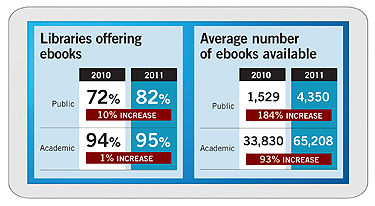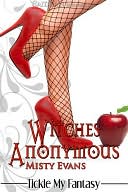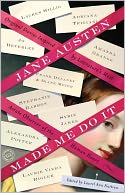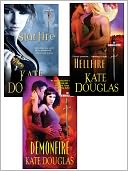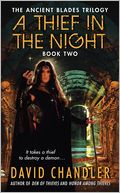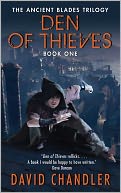 If Lucifer is capable of true love, is he really such a bad guy? Misty Evans’ Witches Anonymous series keeps teasing me with that question. Jingle Hells is the second book in the series, and I’m having even more fun following Amy Atwood’s adventures in the town of Eden, as she tries to resist Luc’s charms and stay true to her vow of “no more magic”.
If Lucifer is capable of true love, is he really such a bad guy? Misty Evans’ Witches Anonymous series keeps teasing me with that question. Jingle Hells is the second book in the series, and I’m having even more fun following Amy Atwood’s adventures in the town of Eden, as she tries to resist Luc’s charms and stay true to her vow of “no more magic”.
Amy’s boyfriend, Adam the actual first man, is off on a trip to the Middle East to find the location of the Garden of Eden. Amy is lonely for Christmas, and her ex, that old devil Lucifer himself, would just love to worm his way back into Amy’s bed, and into her heart. The fact that Luc really is thinking about Amy’s heart makes me think that Luc isn’t such a bad guy after all, which is a very strange thing to say about Satan. Even romantically speaking.
But while Adam is out of town, Amy has a whole bunch of otherworldly visitors–also of biblical origins. For a girl who has already sold her soul to the Devil, Amy is suddenly receiving an awful lot of signs from the godly side of the street. First both Samson and Delilah burst into her ice cream shop wanting her to solve their millenia-old lover’s squabble. Then two bands of angels arrive, one from above, one from below. And get this, it’s the so-called “good” guys who want to keep Samson and Dee apart! And then there’s this cat…and Luc arranges for a delivery of the Bible, with instructions for Amy to read Genesis, just before Adam returns from his trip.
If you read the last book, you might remember that Amy’s sister Emilia started everything by getting luring Luc into her bed. Well, she’s back. And it’s all her fault.
Java Brownie Chip ice cream is the cure-all for breaking up with your boyfriend. There’s a liberal application of it required in this story.
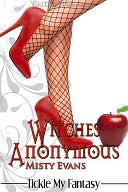 Escape Rating B: This is fun stuff. I like Amy. She’s someone I’d want to have coffee with. Or better yet, some of that ice cream of hers. There was less of her Witches Anonymous group in this story, which was too bad, because some of them are hilarious, but more clarity about the folks in Amy’s personal life. I liked the backstory on how Amy met Luc, and where Keisha (her partner/coworker) fits into things. Adam’s role was much clearer.
Escape Rating B: This is fun stuff. I like Amy. She’s someone I’d want to have coffee with. Or better yet, some of that ice cream of hers. There was less of her Witches Anonymous group in this story, which was too bad, because some of them are hilarious, but more clarity about the folks in Amy’s personal life. I liked the backstory on how Amy met Luc, and where Keisha (her partner/coworker) fits into things. Adam’s role was much clearer.
Gabe, AKA Gabriel the manipulative Archangel, made a cameo appearance. He will clearly be back as the man/angel of mystery.
Emilia got off just a little too easy. She needs to feel some serious guilt and remorse for the mess she caused. I hope that comes in the next book, but right now, Emilia’s story feels a tad unfinished to me.
I like Luc more everytime he shows up. Which goes back to my original question. If the devil feels true love, how bad can he really be? Just bad enough to be really, really good?



